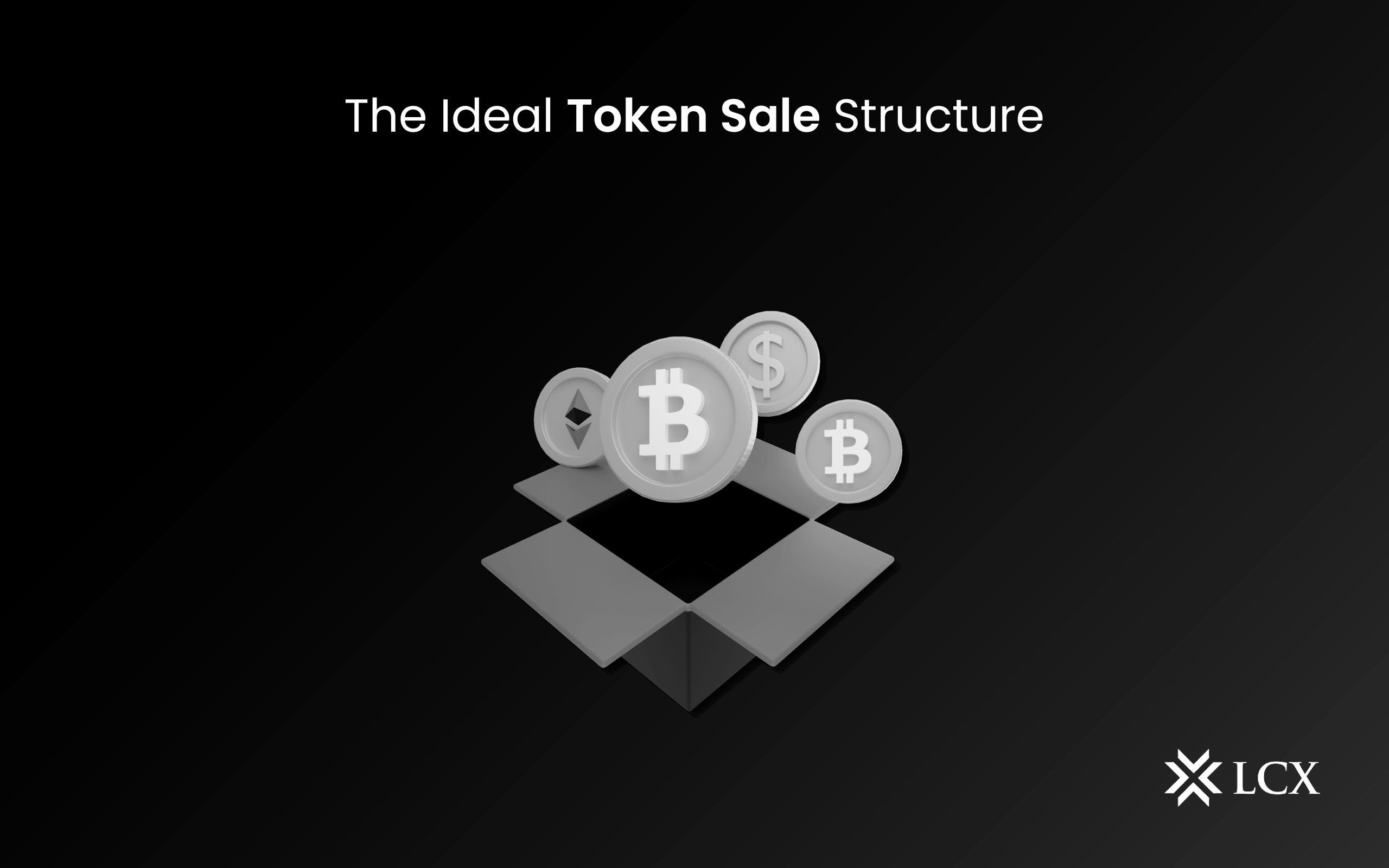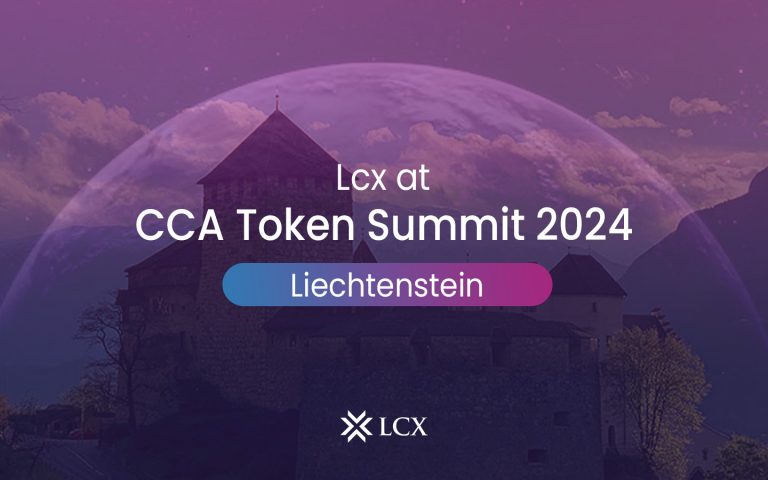With a new token sale taking place every few days, now is an excellent time to investigate the diverse methods that token sales could be structured.
It is critical to understand the distinctions between the way the token and the network actually work, the issue that the implementation or protocol is attempting to address and the structure of the token sale.
What Is A Token Sale?
The term “ICO” (Initial Coin Offering) is a bit misleading for a token sale. This is particularly true for numerous individuals who are just getting started in the cryptocurrency and token space.
A token sale is an unrestricted sale of digital assets that depicts the potential value of a need to construct or concept, as opposed to an IPO, which is well-understood and played a huge role in taking a private company public. The investment strategy is much more akin to venture investment than investing in a publicly traded company.
A carefully designed implementation of blockchain technology does not guarantee ‘investment returns,’ ‘profits’, or ‘dividends’. Rather, it concentrates on marketing a digital asset with an evident use case in a decentralized application. Instead of simply being a funding mechanism, a carefully constructed token serves a purpose. It is needed to join the network.
Objectives Of Token Sale:
- Set a monetary limit. You may want to restrict your overall raise to reflect your actual network development costs. You may not want the obligation (or the attention that comes with it) of trying to secure and hold much more money than you anticipated.
- Sell a predetermined percentage of the total token supply. You should be certain of the percentage of tokens you are selling versus assigning to the project team, investors, and so on. Although there is no clear standard for determining what portion must be sold versus kept, you may want to have some say in the matter.
- Tokens should be widely distributed. To ensure that your decentralized application is truly decentralized, you should try to allocate your tokens to a large number of individuals. You may not want a huge amount of tokens concentrated in the possession of a few token holders, particularly if your network will go live soon after the sale. Secondary markets may also aid in distribution.
- Tokens should be sold at market value. You may want to allow buyers to determine the true market value of your token. On the other hand, it is hard for buyers to understand the value of the token, especially if the network is still being built before it is released.
- Ensure that all buyers receive some tokens. You may want to allow all buyers to participate in your sale instead of only those who can get their funds in the quickest.
- Allow buyers to purchase a predetermined proportion of the total token supply. You may want buyers to understand what percentage of total supply their purchase represents.
Furthermore, there is also the goal of raising sufficient money to fund the project’s development. However, in today’s market, where many capped token sales reach their goal in a few hours, if not minutes, this is less of an issue.
Types Of Token Sale Structures:
- Capped
A predetermined number of tokens are sold at a specified price on a first-come, first-served basis till all the tokens have been sold. The total amount raised is limited (represented as a cap on the number of tokens to be sold). Insiders (foundation, development team, and investors) are given a set proportion of the total token supply. To date, this has been the most common framework used in token sales. Some sales offer a limited-time discount to inspire early participation. But in the current market, this isn’t necessary for most token sales, and it’s likely that it’s made the early sellouts caused by FOMO worse for the most value creation and capture.
- Uncapped
Over a long period of time, an infinite amount of tokens are sold at a fixed price. There is no limit on the number of tokens that can be purchased by each buyer. Insiders receive a set percentage of the total token supply.
- Capped Auction
Buyers bid on the best available price and total expenditure. In proportion to each buyer’s pledged total spend, a variable number of tokens are sold at the least successful bid price. A blind auction or a Dutch auction can be used. The total amount raised is limited. Insiders receive a different percentage of the overall token supply based on the number of tokens sold during the sale.
- Uncapped Auction
Buyers bid on the best available price and number of tokens. A fixed amount of tokens are sold in descending price order to bidders until all tokens are sold. The amount that can be raised is limitless. Insiders receive a set percentage of the total token supply.
- Capped with a parcel limit
A predetermined number of tokens are sold at a specified price on a first-come, first-served basis until all tokens have been sold. There is a maximum number that each buyer can purchase. This could be accomplished by capping the amount of each incoming transaction and making it challenging for a single buyer to send multiple transactions, such as by generating unique codes for each buyer in a way that buyers cannot automate. The total amount raised is limited. Insiders receive a set percentage of the total token supply. If successful, this framework could promote a more even distribution of tokens, thereby preventing concentration by “whales”, while also selling a specific number of tokens at a capped price.
- Capped with redistribution
Buyers bid on the total amount they want to spend. A predetermined amount of tokens are sold at a predetermined price in proportion to each buyer’s pledged total spend. Excess payments made by buyers are refunded. The total amount raised is limited. Insiders receive a set percentage of the total token supply. This structure ensures that everyone can contribute to some extent. If, on the other hand, more people want to buy than there are tokens for sale, buyers end up with fewer tokens than they wanted and get a refund for part of what they paid.
Conclusion
Remember that developers of decentralized applications who conduct token sales are under a lot of pressure. They only get one chance to make the right choices about an event that will shape the entire project’s future.
Despite the fact that there isn’t a perfect structure, the decisions that developers are making in structuring their token sales reveal everything about the relative value that they put on these objectives. Developers should, at the very least, be transparent and clear about every component of their token sale, such as how and why they chose the structure they did. This must be done well ahead of the token sale.
LCX offers a compliant token issuance solution that includes smart contract development, token sale legal documents, registration at regulator, investor on-boarding and KYC, VIP investor support.









